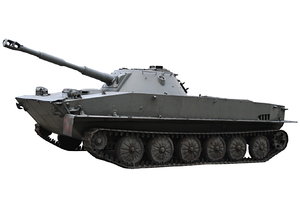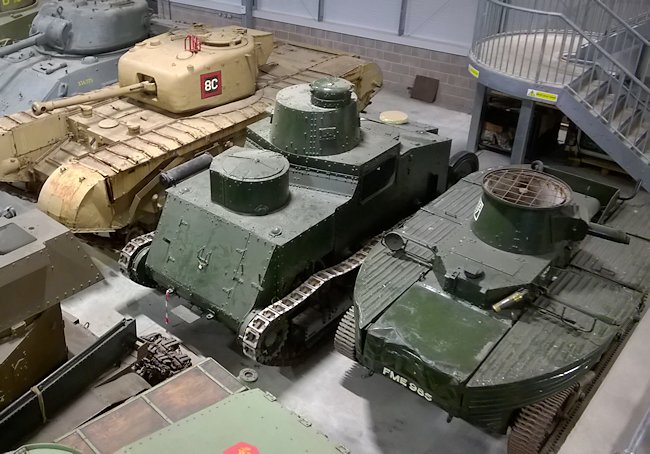


50 caliber machine guns, 37mm cannons, and 75mm howitzers in turrets located forward of the cargo area. Depending on the configuration, the LVTs carried. US forces in the Pacific overcame the lack of a true amphibious tank by arming amphibious tractors (LVT or AMTRAC) which ferried many troops ashore. Calls for a tank capable of swimming ashore with the troops continued throughout the 1930s but funding was never available, and no workable designs came to the fore. It quickly became clear that troops needed direct fire support against enemy emplacements as they landed on a hostile beach. The US military had tested an amphibious tank as early as 1924 when work was just beginning on what would become American amphibious doctrine as practiced in WWII. The DD Tank rose from the perceived need for an amphibious tank to swim ashore to support the initial waves of an amphibious landing. One of those innovations in the Second World War was the Duplex-Drive (DD) Tank. The necessities of war often bring about ingenious innovations out of sheer need. Swim Tanks: Floating Armor The Dubious Deployment of Duplex-Drive Tanks at Normandy The impact of the “swim tank” on the Allied attempt to secure a lodgement varied wildly from beachhead to beachhead. Not least among them was the entire concept of the Normandy operation, which ran counter to amphibious warfare doctrine developed with years of bloody experience in the Pacific theater. Their use was a bitterly debated part of the invasion plans, for many reasons. They were the “amphibious” Sherman tanks intended to provide armored support to the Operation Overlord landings on all five beaches. Those two letter Ds are the acronym for Duplex Drive. “ DD Tank” does not stand for D– Day Tank.


 0 kommentar(er)
0 kommentar(er)
